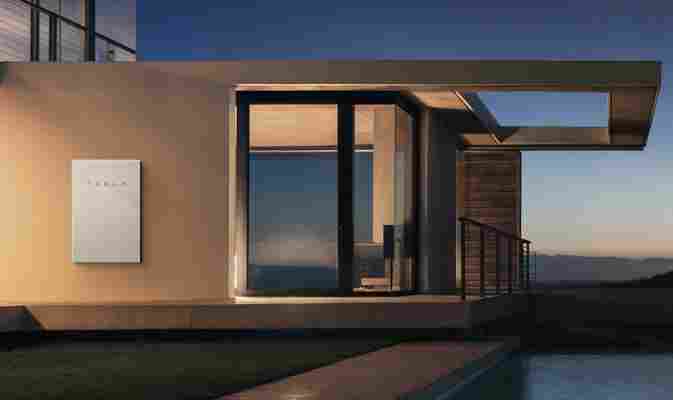Roughly nine months ago, Elon Musk spoke to reporters about his plans to revolutionize the use of solar power on rooftops. At that time, Musk stated that this transformation began when the company he owned, Tesla, bought SolarCity, the largest solar energy provider in America, for $2.6 billion. Since then, investors and the general public were eager to learn what this all meant for their homes, the environment, and perhaps most importantly, their pocket books.
It was recently announced that Tesla has begun taking orders for its new solar roof. As exciting as that is, it's not the only news. In the months leading up to the announcement, many analysts were predicting Tesla's solar roofs would cost so much that they'd price themselves out of the marketplace. That may not be the case. Each solar tile will cost about $42 per square foot, which is cheaper than traditional solar panels installed over shingles. However, since Tesla's entire roof will require more tiles than other solar instillations, it might cost a bit more overall. The company hopes customers will overlook the slight increase in cost when they take into account the sleeker design, a lifetime guarantee, and a level of durability unseen in the solar roof market to date. Each order, which can be handled through Tesla's website , begins with a $1,000 deposit for two of four options: smooth black or textured glass roof tiles. From almost every angle, the roof appears completely traditional; only under very close inspection does a viewer notice the glass that allows light to pass through to solar cells embedded beneath. And for any concerns these glass roofs will be unable to withstand the elements, Tesla created a video showing their product (at the far left of the line up) being shot at with hail at high speed. Point being, Tesla's solar roof holds up much better than other solar roofs on the market, which, shown in the center and far right of the video, shatter and fall apart during intense hail storms. Tesla says each tile can be fitted with heating elements that melt snow and ice, which would otherwise impede the sun from reaching through to the solar cells.

Tesla's four solar roof options include (from left to right): Terracotta, Slate, Smooth, Textured.
The reason the cost of the tiles is so important is because it distinguishes whether Tesla's solar roof would be a product merely for the uber wealthy or everyone esle. The brand is attempting a similar approach with its Model 3 car ($35k), which the company hopes will offer an alternative to its Model X P100D ($135k). In other words, the brand is actively trying to be one for all consumers. With the goal of full transparency, Telsa has even created a calculator that will show not only the amount that installation will cost, but how much tax credit you will amass as well as the energy you will produce in 30 years.
With the solar roofs starting to hit the market, Tesla's ultimate plan is to create a three-part unification between the sun, our homes, and our cars. That will happen by running your home through solar power generated from the roof, which will be stored in a slim battery and then used to charge your car. “These are really the three legs of the stool for a sustainable energy future,” Musk said in a conference call with reporters this week. “Solar power going to a stationary battery pack so you have power at night and then charging an electric vehicle—you can scale that to all the world’s demand.”

Tesla's power wall is a sleekly designed product that can power your home and car.
This week's announcement could very well prove that for Tesla, a company already synonymous with innovation, the future may well be very bright. The first installations will begin in the U.S. this June, while orders from other countries are being accepted for 2018.

Leave a Reply